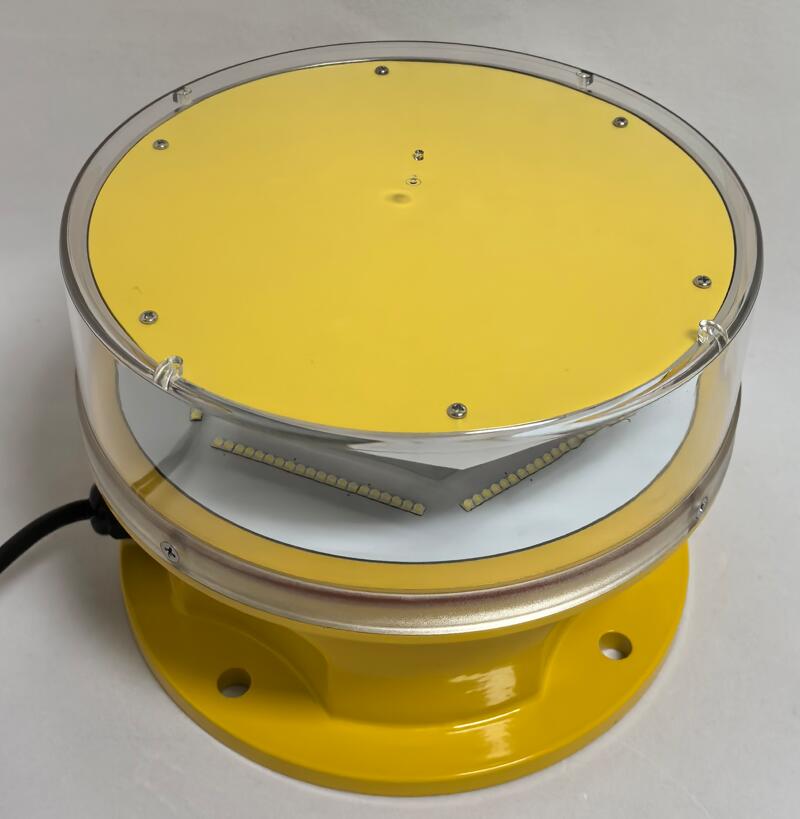FAA Lights: The Gold Standard in Aviation Obstruction Lighting
In the complex world of aviation safety, FAA lights serve as the benchmark for obstruction lighting systems worldwide. Mandated by the Federal Aviation Administration (FAA), these specialized lighting solutions ensure that tall structures remain visible to pilots, preventing collisions and enhancing air navigation safety. As urban landscapes grow taller and air traffic increases, understanding FAA lights—their types, regulations, and technological advancements—becomes crucial for architects, engineers, and aviation professionals.
The Critical Role of FAA Lights in Aviation Safety
The primary purpose of FAA lights is to mark obstructions that could pose hazards to aircraft, particularly during nighttime or low-visibility conditions. The FAA categorizes these lights based on:

Structure height
Location (urban vs. rural)
Proximity to airports
| faa lights |
Compliance with FAA Advisory Circular 70/7460-1L is mandatory for all structures exceeding certain height thresholds in the U.S., ensuring uniformity and reliability in obstruction lighting.
Types of FAA Lights and Their Applications
**1. Low-Intensity Obstruction Lights (L-810)
Color: Steady-burning red
| faa light |
Use: Structures under 200 feet (61 meters)
Common Applications: Buildings, cranes, and utility poles
**2. Medium-Intensity Obstruction Lights (L-864/L-865)
Color: White strobes (day) and red (night)
Use: Structures between 200-500 feet (61-152 meters)
Common Applications: Telecommunication towers, wind turbines
**3. High-Intensity Obstruction Lights (L-856/L-857)
Color: White strobes (day and night)
Use: Structures over 500 feet (152 meters) or near airports
Common Applications: Skyscrapers, broadcast towers
**4. Dual Lighting Systems
Combination of red and white lights for optimal visibility in all conditions
Example: Red steady lights at night, white strobes during the day
FAA Light Regulations: What You Need to Know
The FAA Advisory Circular (AC 70/7460-1L) outlines strict requirements for obstruction lighting, including:
| FAA Light |
Light intensity and flash rate
Placement and spacing on structures
Photometric performance (visibility range)
Power supply reliability (backup systems for critical locations)
Non-compliance can result in fines and increased liability for accidents.
Technological Advancements in FAA Lights
**1. LED Adoption
Replacing traditional incandescent and xenon strobes
Benefits: Longer lifespan, lower energy consumption, brighter output
**2. Smart Monitoring Systems
IoT-enabled lights with remote diagnostics
Real-time alerts for maintenance needs
**3. Solar-Powered Solutions
Ideal for remote locations without grid access
Battery backup ensures 24/7 operation
**4. Adaptive Lighting Controls
Automatic brightness adjustment based on ambient light
Reduces light pollution in urban areas
Challenges and Future Trends
While FAA lights are highly effective, challenges remain:
Light pollution concerns in residential areas
Energy efficiency demands for greener solutions
Standardization vs. innovation balance
Future developments may include:
AI-powered predictive maintenance
Advanced glare-reduction coatings
Integration with urban air mobility (UAM) infrastructure
Global Influence of FAA Standards
While developed for U.S. airspace, FAA light specifications often influence international standards set by:
ICAO (International Civil Aviation Organization)
CASA (Civil Aviation Safety Authority - Australia)
EASA (European Union Aviation Safety Agency)
This global alignment helps maintain consistency for pilots flying internationally.
FAA lights represent more than just regulatory compliance—they are a vital component of modern aviation safety infrastructure. As technology evolves, these lighting systems continue to improve in efficiency, reliability, and environmental sustainability. For anyone involved in constructing or maintaining tall structures, understanding FAA light requirements isn't just good practice—it's essential for safeguarding lives in our increasingly crowded skies.
